The Great Big Lomography Film Bible: Colour Reversal/Slide Film Edition Pt. 4
3 34 Share TweetAs part of our tireless quest to bring you the most complete analogue film information on the planet, we present Part 4 of the Great Big Lomography Film Bible: Colour Reversal/Slide Film Edition. Today, it’s all about Kodak!
Kodak Ektachrome P1600 EPH – ISO: 1600 *
A favourite of live music aficionados, EPH is a fantastic push-processing film that tends to retain a lovely colour balance even when cross-processed. Shoot it at night or indoors, and you’re likely to be impressed with its relatively smooth grain for a high-speed film. Even in daylight, images don’t get particularly washed out. Used by magazine and newspaper photographers back in the days when magazine and newspaper photographers used film to shoot rock shows and theatre performances, it’s the ideal film to capture live performance without a flash.
Kodak Ektachrome EPN – ISO: 100 *
While this film hit the dust in 2007, it is still sought after for its neutral colour balance. Used by many product photographers and advertising types, EPN was known for its sharp clarity and detail. Cross-process it, however, and you’ll get images drenched with colour, leaning towards the blues Kodak slide films are known for. A super expired film if you can find it.
Kodak Ektachrome EPP – ISO: 100 *
Kodak’s long-time go-to pro slide film, EPP has all of the qualities of a solid daylight slide film, though — alas — it has sadly been discontinued as of 2010, so stock up while you can . As with so many Kodak emulsions, it favours blues when cross-processed, but not overly so. Clear, high-contrast colours are the trademarks of this workhorse film that is readily available online and in most camera shops.
Kodak Ektachrome 64 EPR – ISO: 64 *
Sadly missed, this slow slide film is one of the classic daylight emulsions. It performs consistently when shot in the brightest sunlight, then cross-processed. Colours are usually even and extremely intense, with especially gorgeous reds and blues. Unlike many Kodak slide films, EPR isn’t typically overpowered by blue, and creates powerful, highly saturated images. Translation: if you stumble across some, buy it and shoot it ASAP: you’re sure to love the results.
Kodak Ektachrome EPT – ISO: 160 *
A dead-stock Tungsten-balanced portrait speed film, EPT is great in a studio under the recommended lighting, but it’s way more fun to take out on the town, and shoot freestyle in daylight, indoors with a flash, and whatever other experimental lighting conditions you can conjure up. As will many Tungsten films, if you shoot it under non-Tungsten lights, you’ll likely get a whole lot of green going on — especially if you cross-process, making the most ordinary objects and landscapes take on a surreal quality.
Kodak Ektachrome EPY – ISO: 50/64 *
While the 50 speed hasn’t been available for ages, the 64 speed was only recently discontinued by Kodak in early 2010. But if you get your hands on some of this classic Tungsten balanced stock, watch for super-saturation and vibrant green and blue colour shifts when cross-processing. It’s one of those go-ahead-get-arty films that’s perfect for Lomo play.
Kodak Ektachrome Lumiere LPP/LPZ – ISO: 100 *
During its brief life on the market, Kodak Lumiere developed a bit of a bad rap. While it wasn’t the Next Big Thing Kodak hoped it would be (and was panned by many photographers), over time many of us have grown to have a soft spot for this strange emulsion and its signature, almost unearthly blue glow when cross-processed. Shot outdoors or inside with a flash, Lumiere offers up all kinds of surprises, earning it a cult following of photographers who scour the dusty corners of camera shops and hunt online for the rare opportunity to scoop up a roll or two.
Kodak Ektachrome E100G – ISO: 100
Along with EPP, this is E100G is Kodak’s recommended replacement for the now-defunct EPN emulsion, and this is where the Kodak slide films start to get confusing. What’s with the G? The SW? The VS? Well, in the case of of E100G, the G is for grain, as in smooth, fine grain, barely-there grain for those seeking a super-smooth quality to their images. Cross-processed, it is close to the old EPP, with truer colours than some Kodak emulsions, and often impressive skin tones and bright whites.
Kodak Ektachrome E100SW – ISO: 100 *
Kodak’s predeccesor to the newer E100G, the E100SW is no longer manufactured. If you do happen upon a stash, don’t expect the two emulsions to be exactly the same. The grain of the E100SW is much more pronounced, which, depending on your taste can be a very bad thing or something quite good. In typical 100-speed film style, E100SW performs best in daylight, and if you choose to cross-process, brace yourself for the possibility of major green tones, rather than blue, which is a bit of a departure for a Kodak film.
Kodak Ektachrome E100VS – ISO: 100
In case you’re wondering, the VS stands for vivid saturation. More dramatic than the Kodak slide films that are still on the market, E100VS pumps up the colour in regular E-6 processed slides or prints, and that intensity doubles when cross-processed. Reds and blues are ultra-poppy, whites are often blown-out and blacks can turn into solid blocks. Not the film to shoot for detail, but an ideal film for big, loud colour and tons of contrast.
Kodak Ektachrome Slide Duplicating Film (EDUPE) – ISO: 3/6/9/12 *
Now this is some crazy stuff. Originally designed to do what its name says — duplicate slides — it’s a whole lot of fun to shoot on its own. Tungsten balanced and made to be shot at super-low speeds (3? Really? 3?), you’ll probably want to employ a tripod when shooting this rarity, which may be the ultimate experimental film for all of your seriously arty moments.
Kodak Elitechrome EB – ISO: 100/200
Only currently available in 100 speed, Elitechrome EB is all about bright, saturated colours with a higher contrast than its Elitechrome ED cousin (see below). As transparencies or prints from slides, you’ll find strong colours that still retain detail and exhibit natural skin tones. Cross-processed, sure you’ll get some of those Kodak blues, but you may also be surprised to discover a more varied balance and even the occasional (semi) true-to-life skin tone.
Kodak Elitechrome EB 100
Kodak Elitechrome EB 200
Kodak Elitechrome ED – ISO: 100/200/400
The 100 and 400 speeds are no longer on the market, but the 200 speed Elitechrome ED charges on. Known for its colour-balance and fine grain, Elitechrome ED is a lower contrast film than the other Kodak slide film options. This results in accurate skin tones, and colours as-you-see-’em — unless of course if you cross-process. A range of bold blues and greens will often dominate the image, which makes it especially fun to shoot outdoors in bright, sunny blue skies. And the grain (particularly if cross-processed) will become quite visible at the higher, 400 speed.
Kodak Elitechrome ED 100
Kodak Elitechrome ED 200
Kodak Elitechrome ED 400
*discontinued/deadstock film
Pamela Klaffke is a former newspaper and magazine journalist who now works as a novelist and photographer.
- Visit her LomoHome (www.lomography.com/homes/pamelaklaffke)
- Visit her website (www.pamelaklaffke.com)
geschrieben von shhquiet am 2011-02-02 in #Ausrüstung #Anleitungen #film #slide-film #expired-film #tipster #asa #kodak #x-pro #cross-processing #iso #gost #colour-reversal

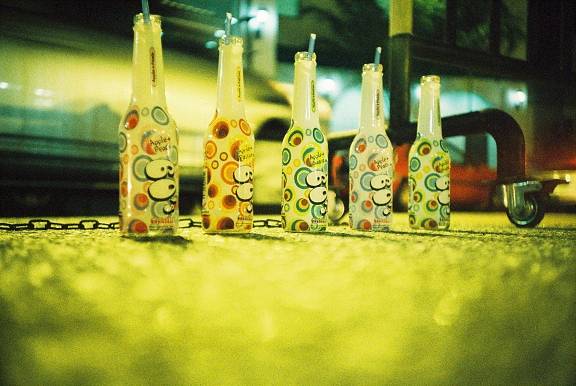




























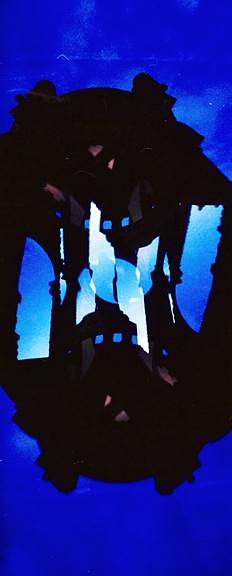























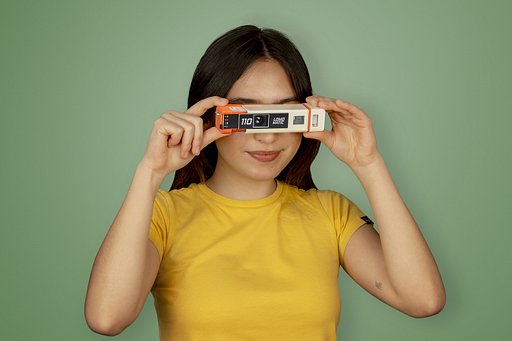
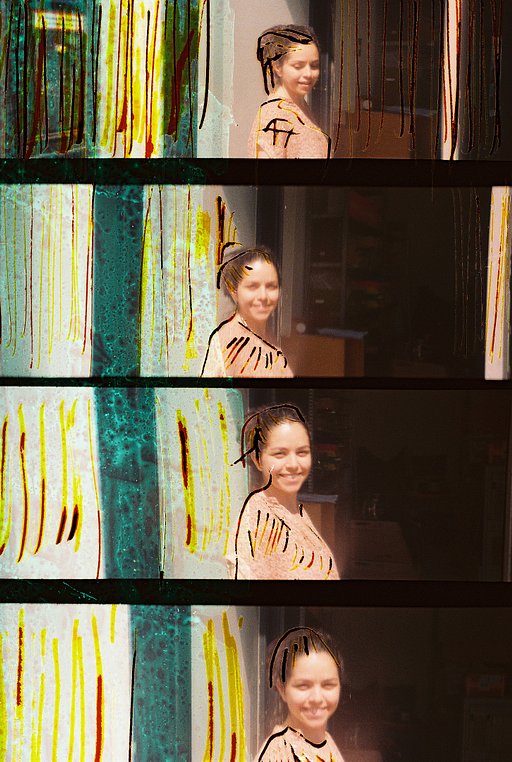


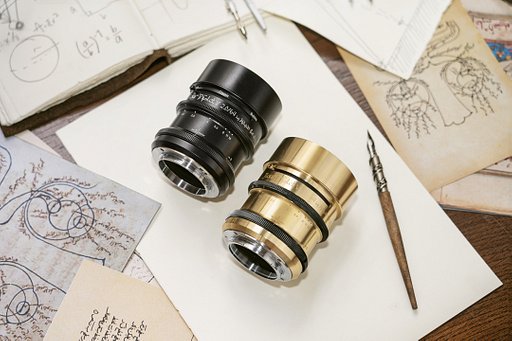


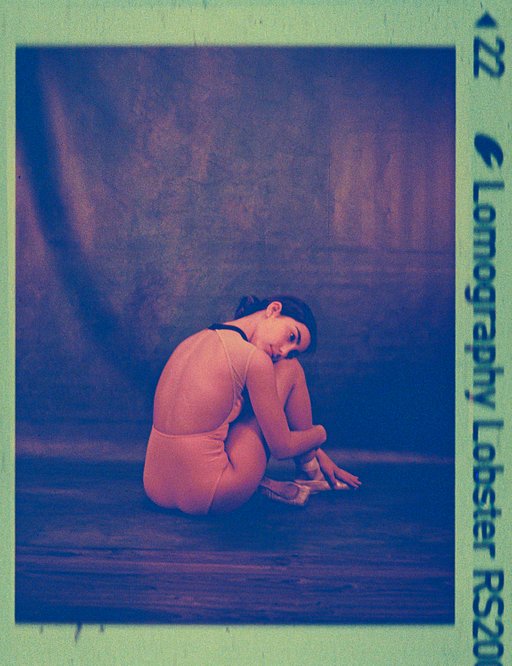
3 Kommentare